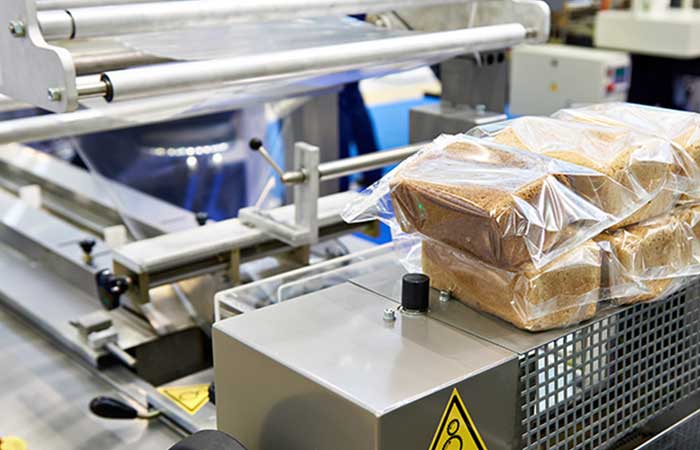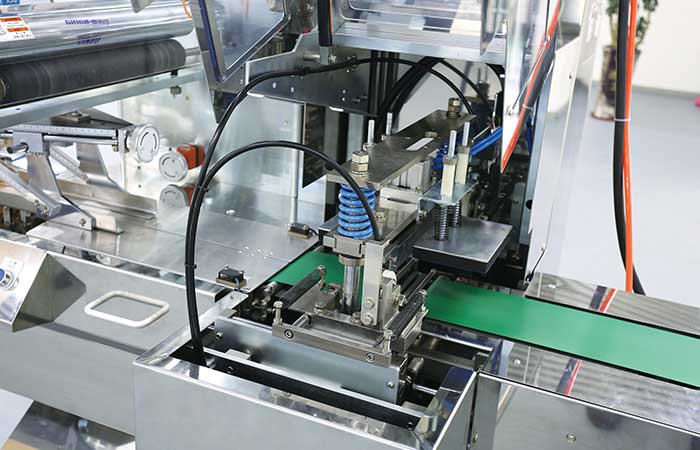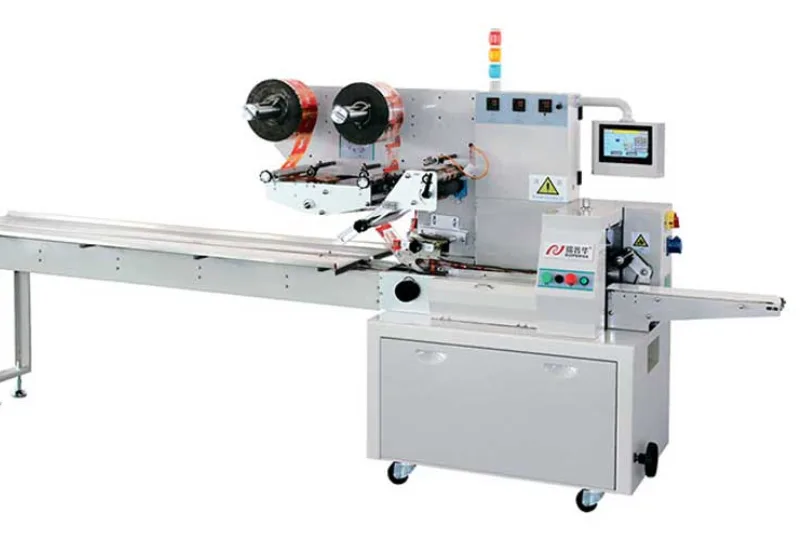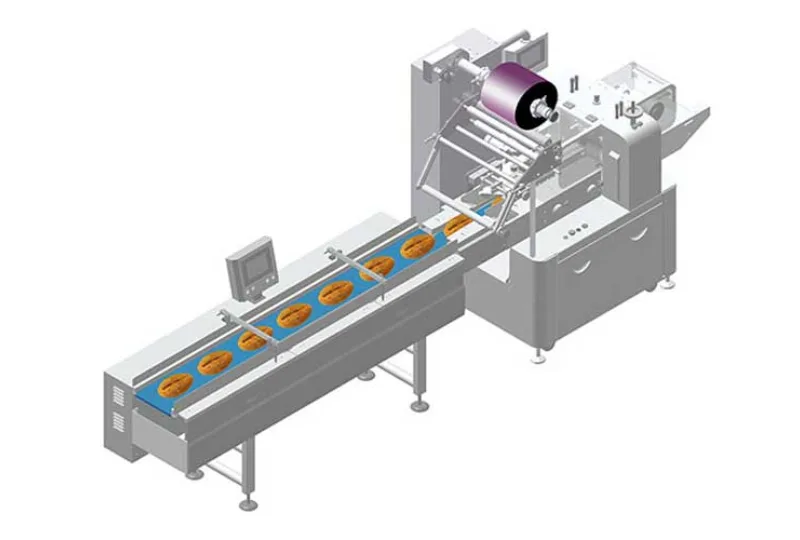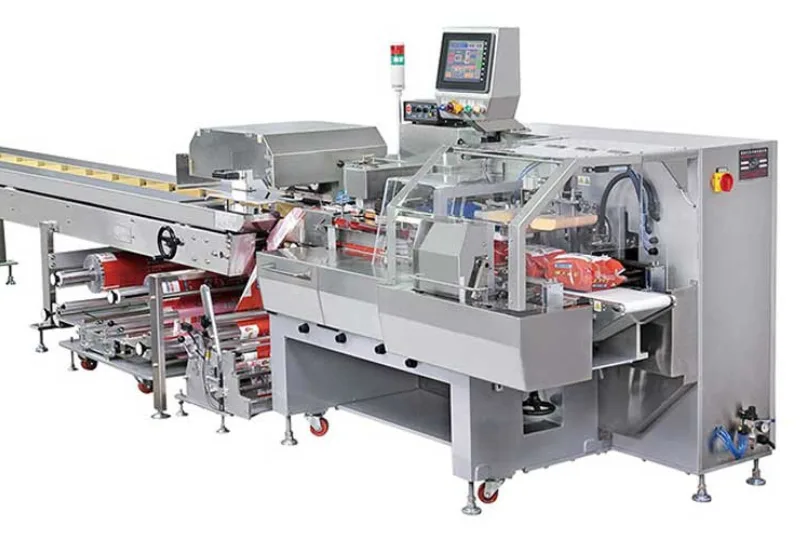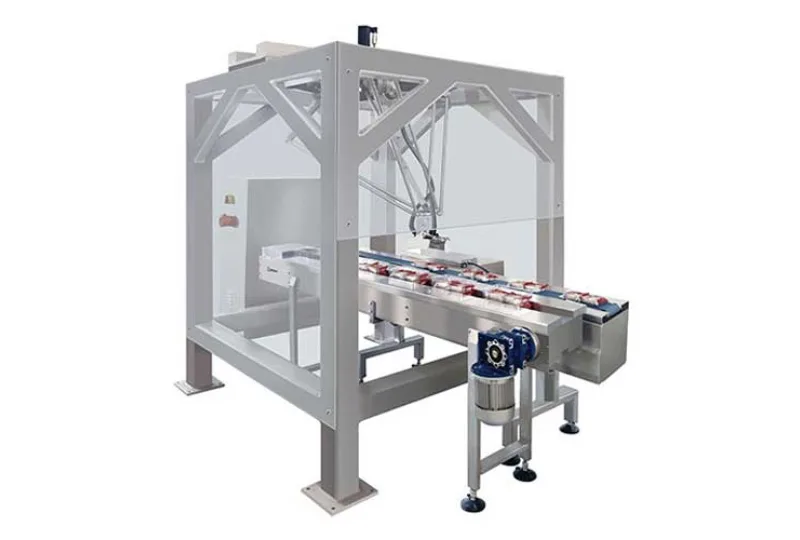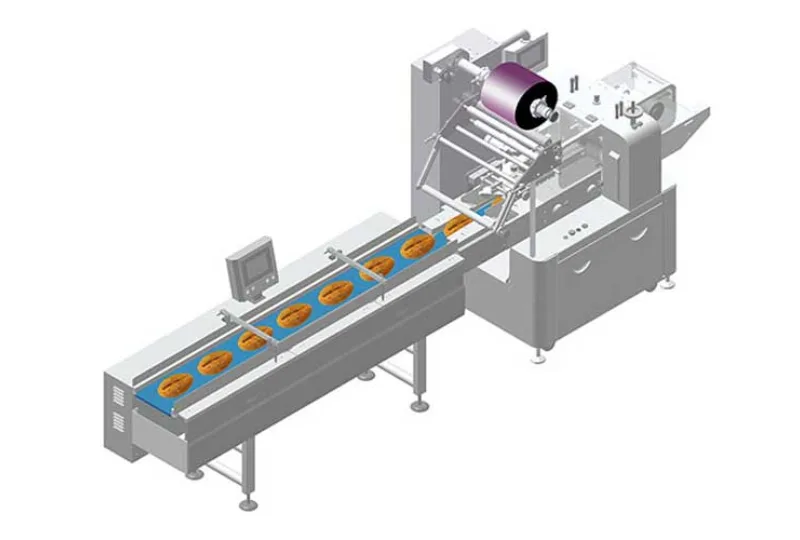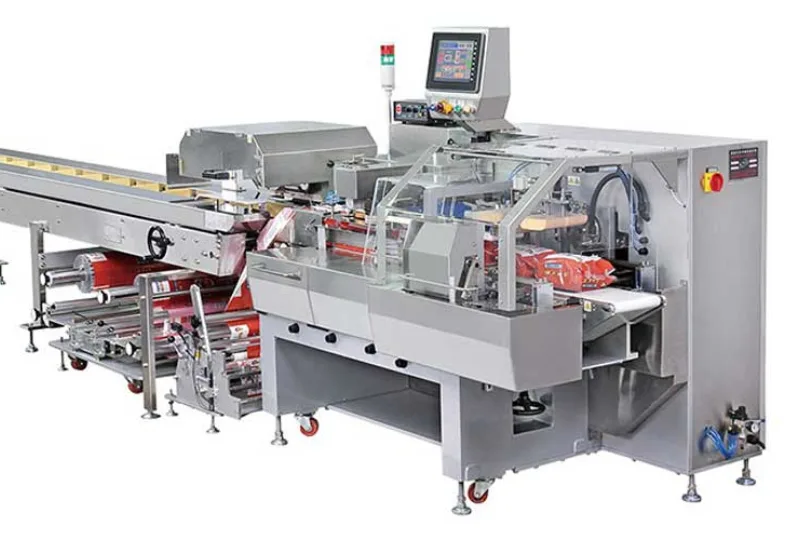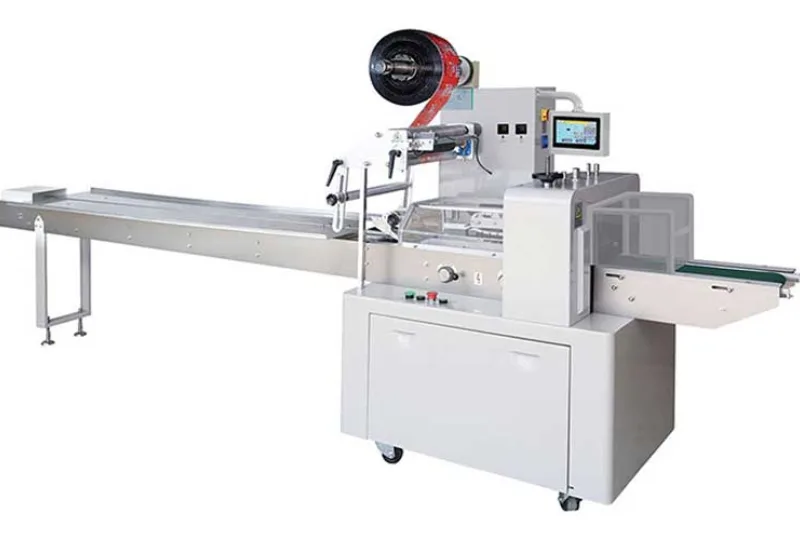Challenge Test for Blister Packing Machine
Testing the Efficiency of Blister Packing Machines
Blister packing machines play a crucial role in the pharmaceutical and healthcare industries, ensuring the safe and efficient packaging of medications and products. However, like any mechanical equipment, these machines require regular maintenance and testing to ensure optimal performance. In this blog post, we delve into the world of challenge testing for blister packing machines.
The Importance of Challenge Testing
Challenge testing involves subjecting blister packing machines to rigorous testing scenarios to evaluate their performance under different conditions. This type of testing helps identify potential issues, such as machine malfunctions or packaging defects, before they escalate into larger problems.
Types of Challenge Tests
There are several types of challenge tests that can be conducted on blister packing machines, including:
- Speed Testing: Evaluating how efficiently the machine operates at different speeds.
- Seal Integrity Testing: Assessing the quality of seals created by the machine to prevent product contamination.
- Temperature and Humidity Testing: Testing the machine’s performance under varying environmental conditions.
Challenges Faced During Testing
Challenge testing can present various obstacles that need to be overcome. Some common challenges include inconsistent results, equipment failures, and operator errors. Overcoming these challenges requires careful planning, execution, and analysis of test results.
Best Practices for Challenge Testing
To ensure successful challenge testing of blister packing machines, it’s essential to follow these best practices:
- Establish Clear Testing Protocols: Define specific testing procedures and criteria to standardize the process.
- Regular Maintenance: Keep the machine well-maintained to prevent issues during testing.
- Data Analysis: Thoroughly analyze test data to identify areas for improvement.
Conclusion
Challenge testing is an essential aspect of maintaining the efficiency and reliability of blister packing machines. By conducting rigorous tests and adhering to best practices, manufacturers can ensure that their machines meet quality standards and deliver safe products to consumers.
-
01
Efficient China Automatic Packaging Machines for Bakery and Food Production
22-07-2025 -
02
Efficient China Bread and Candy Packing Machines for Modern Food Packaging
22-07-2025 -
03
Reliable China Candy and Food Packaging Machines for Efficient Production
22-07-2025 -
04
Reliable Soap Packing Machines for High-Speed Flow Pack Packaging
18-07-2025 -
05
Efficient Bread Packaging Solutions for Modern Bakeries
18-07-2025 -
06
High-Efficiency Food Packing Equipment and Turnkey Packaging Solutions
18-07-2025 -
07
Robotic Palletizing Solutions and Case Packers for Efficient End-of-Line Automation
12-07-2025 -
08
Manual Bread Packing Machine and Complete Bread Packaging Solutions from China Manufacturer
12-07-2025 -
09
Reliable Food Packing Equipment from a Leading China Food Packaging Machine Manufacturer
12-07-2025 -
10
Efficient Biscuit Packing Machine Solutions for Modern Bakeries
04-07-2025



